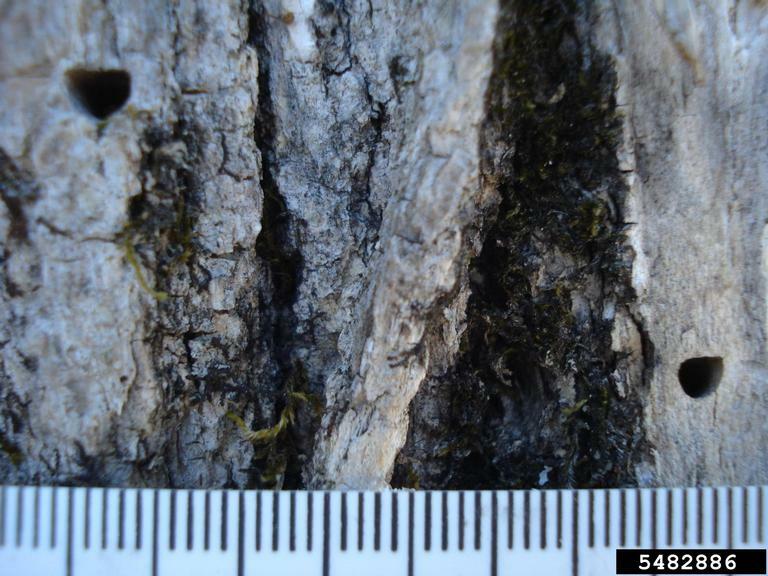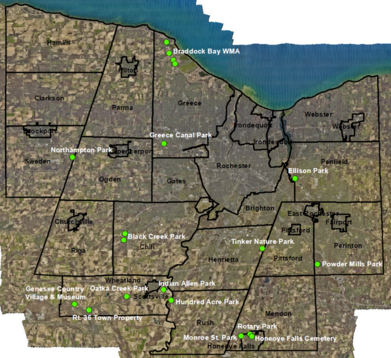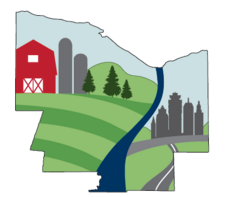Emerald Ash Borer Mitigation
Emerald ash borer (EAB) (Agrilus plannipus) is an invasive insect species originally native to eastern Asia discovered in North America in 2002. Since its introduction, EAB has decimated North America's native ash tree population, responsible for placing all three of New York's ash species in serious decline. The loss of ash has had significant ecological and economic consequences. Ash wood was the primary wood used for baseball bats, ash was one of the most common trees planted in parks and on city streets (cities now must either cut and remove thousands of dead trees, or use pesticides to keep them alive), and the tree is important for several wildlife species.
Monroe County is home to some of the highest density of ash trees in the state, meaning loss of ash trees here has had a disproportionate impact on our parks, our forests, and along our waterways. Ash frequently grows along streams, swamps, and lakes, and is key to reducing nutrient runoff and sediment erosion - both of which are known to contribute to harmful algal blooms and water quality decline.

The exit holes of EAB in Ash bark. This is where the insect adult emerges after feeding on the inside of the tree.
Check below for some of the work we've done in response to Monroe County's ash loss:
Project Name: Reforestation in Response to EAB Ash Tree Decimation
Funding: United States Forest Service Fiscal Year 2022 Great Lakes Restoration Initiative
Year Began: 2022
Year Completed: Ongoing
The District has partnered with Monroe County Parks Department, Tinker Nature Park (Town of Henrietta), Oatka Creek Watershed Committee, Genesee Country Village & Museum, Rush Recreation & Park Association, Village of Honeoye Falls, Braddock Bay Wildlife Management Area (NYS Department of Environmental Conservation), and Town of Wheatland to plant over 11,000 trees across 17 different sites (6 county parks, 5 municipal parks, 3 state wildlife management areas, 1 parcel owned by the museum) totaling ~200 acres of reforestation.
As of fall 2025, 8,631 trees have planted!

Project planting sites
Project Name: Emerald Ash Borer Mitigation
Funding: United States Forest Service Fiscal Year 2017 Great Lakes Restoration Initiative
Year Began: 2017
Year Completed: 2020
The District, in conjunction with Monroe County Parks Department and NYS Parks, planted 21,240 new trees of various species along waterways in the county where ash typically grew. It is hoped that these new plantings will provide the same benefits to water quality that ash once did, and we can secure the economic and ecological health of our water through the future.
Through this grant effort it is estimated that 1,274.40 metric tons of CO2 was sequestered. In terms of greenhouse gas emissions this equivalates to 125,948 gallons of diesel consumed, 144,272 gallons of gasoline consumed, 3,181,511 miles driven by an average passenger vehicle, 1,412,752 pounds of coal burned, 148 homes' energy use for one year, and 217 homes' electricity use for one year!

Project planting sites
